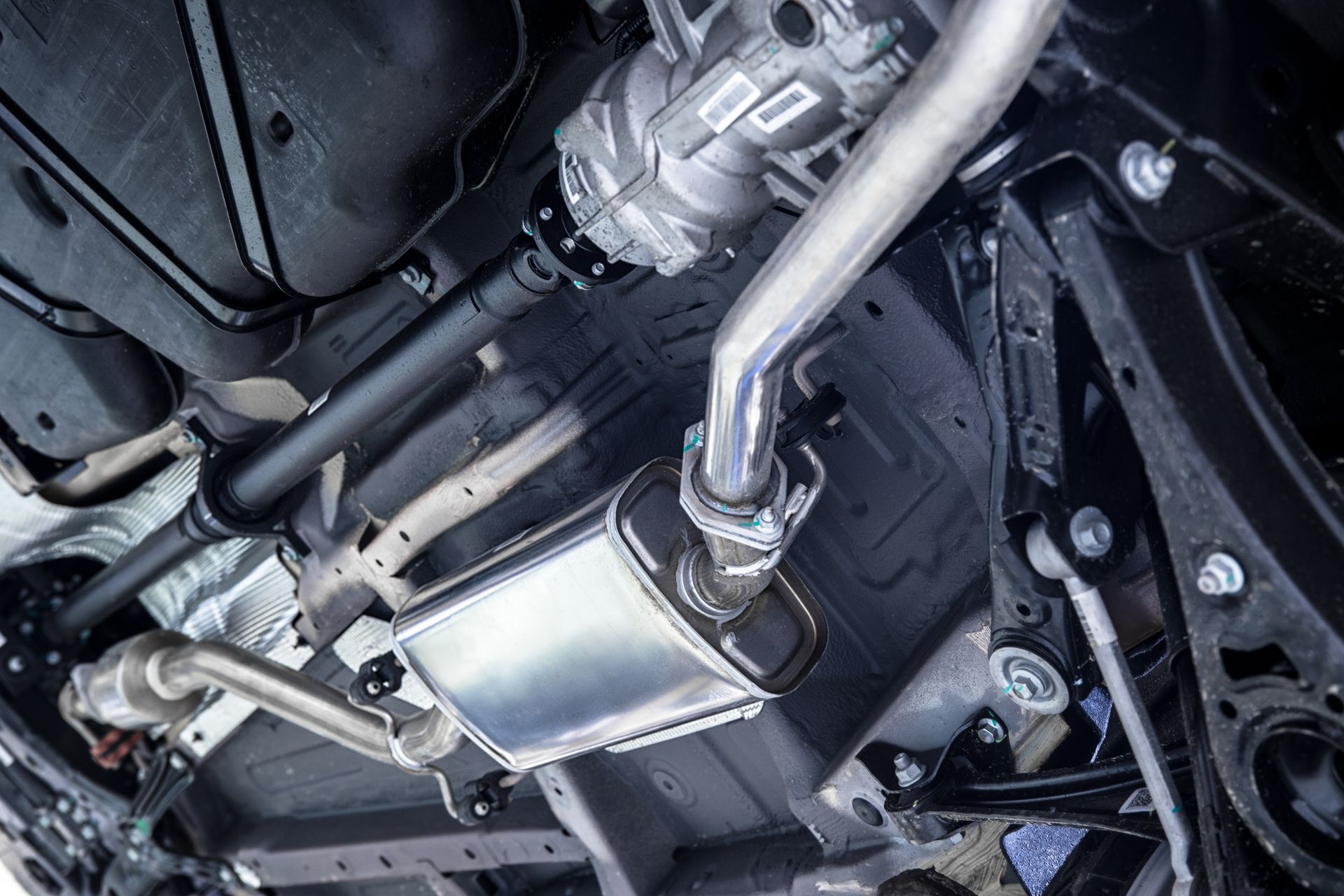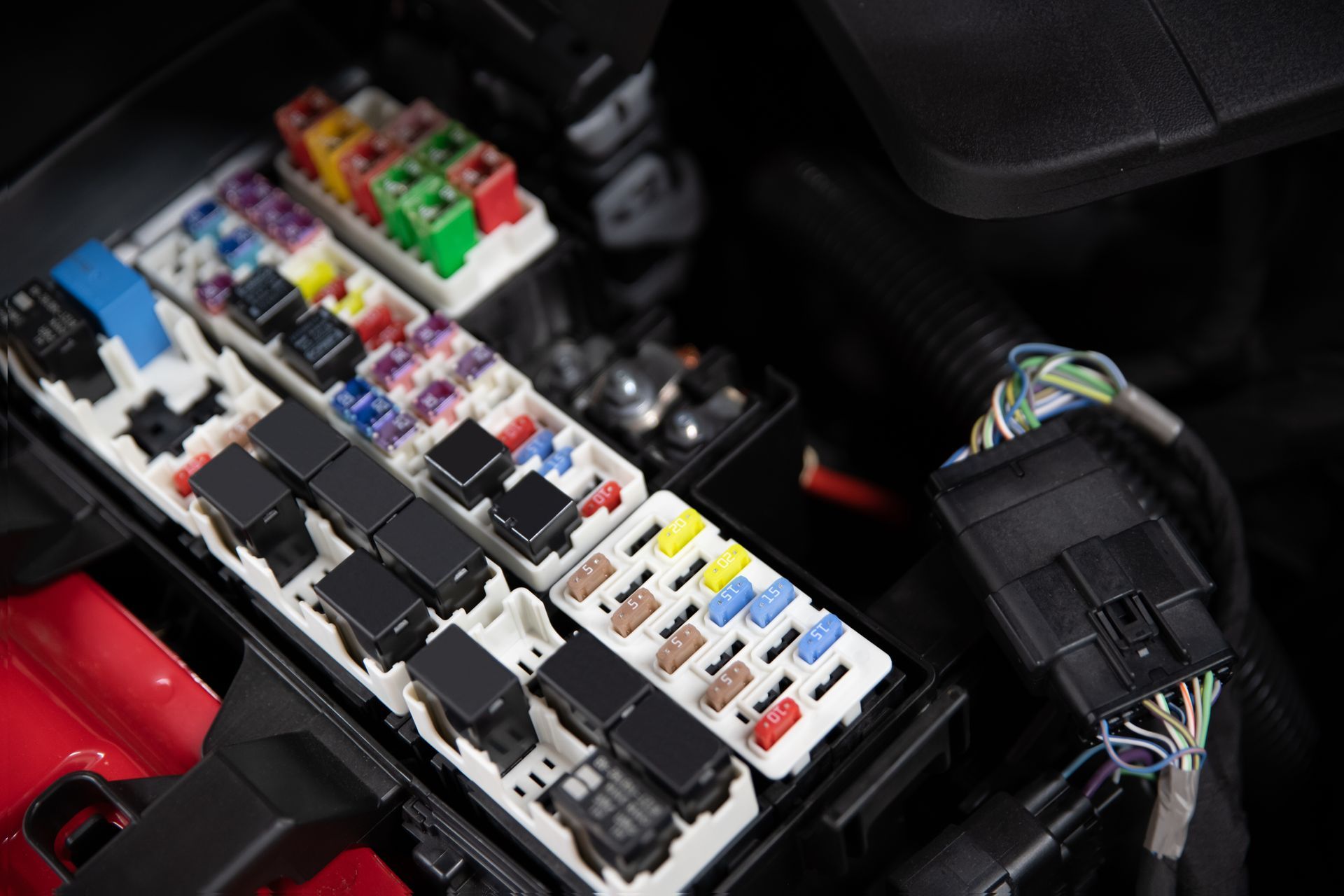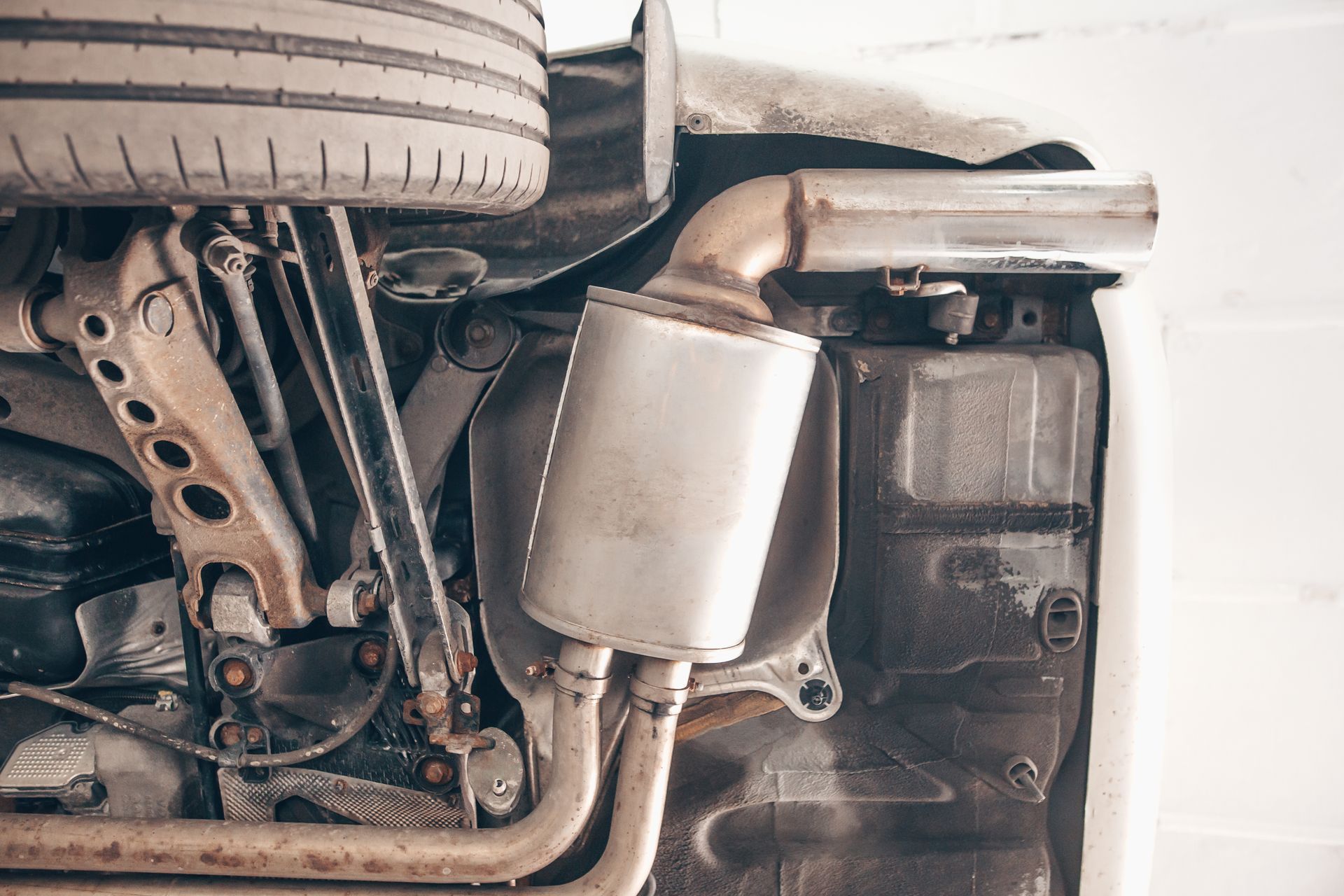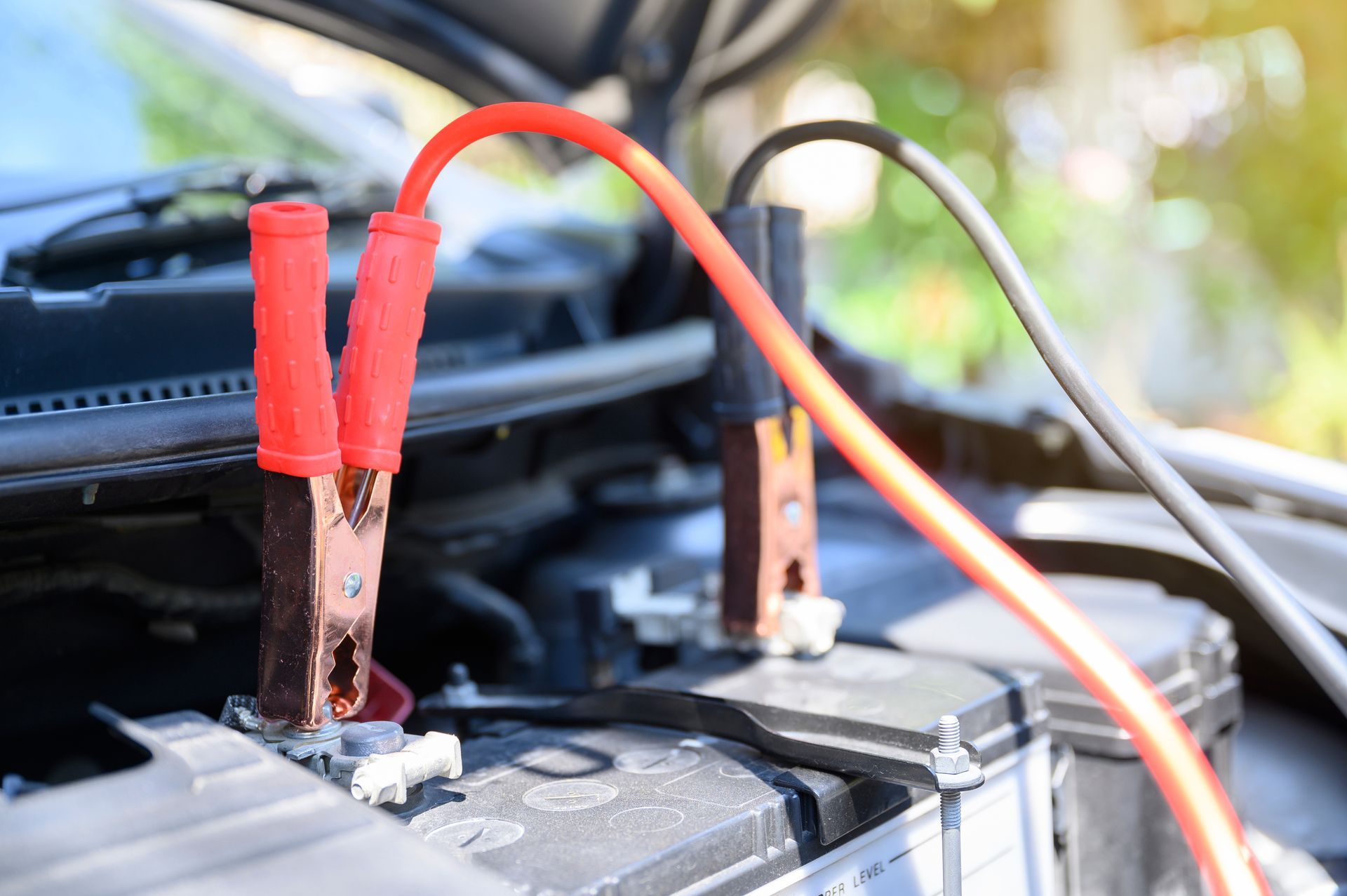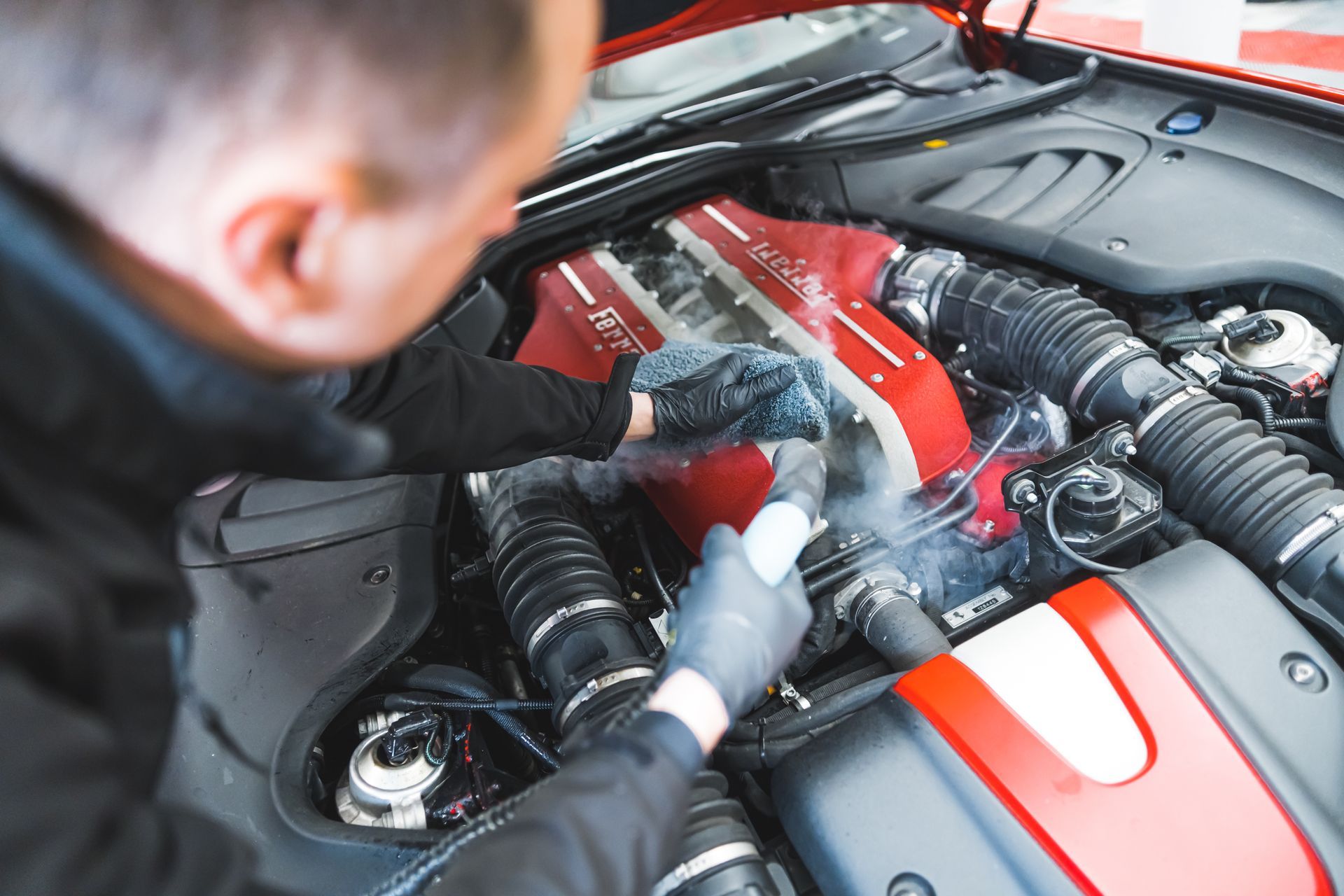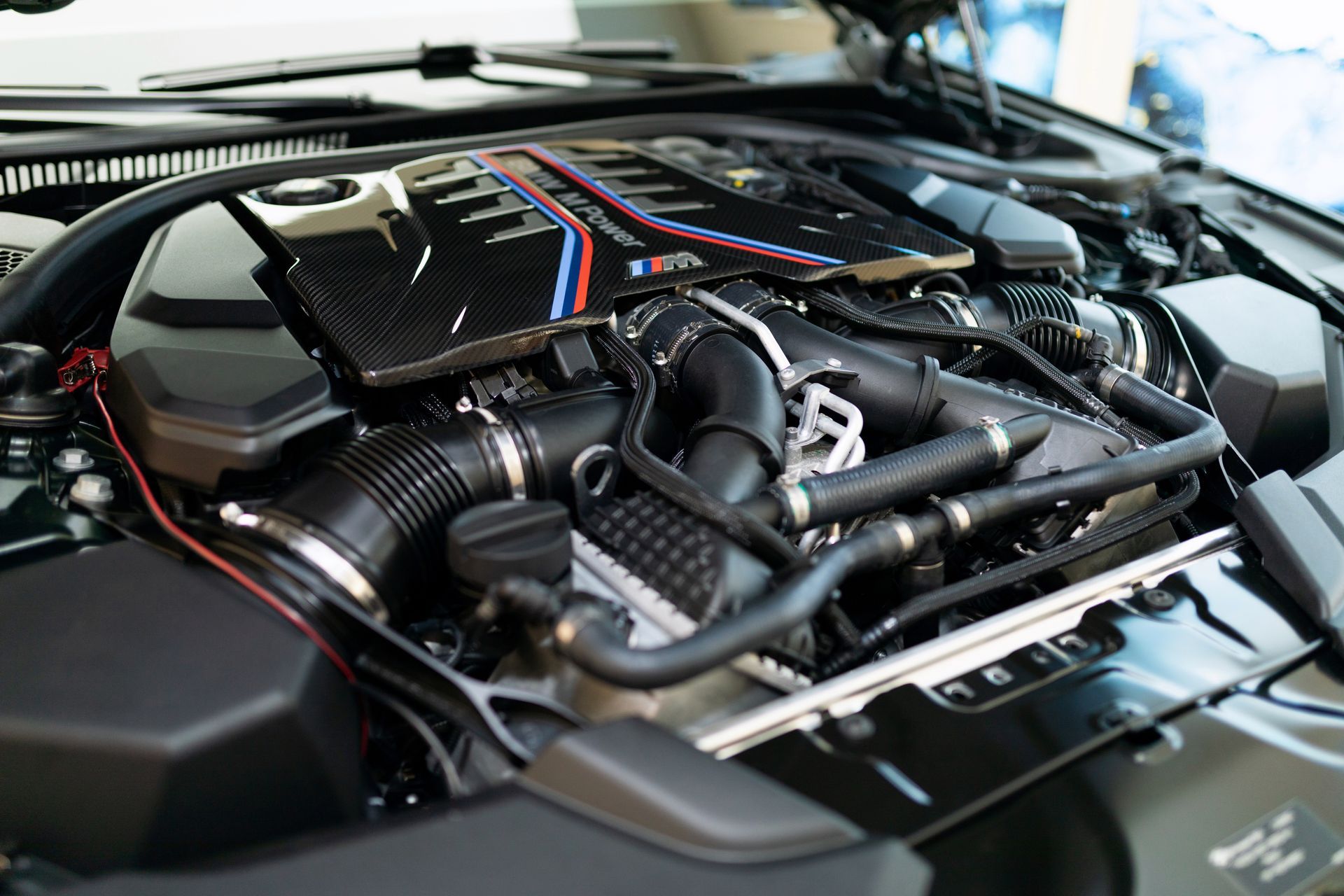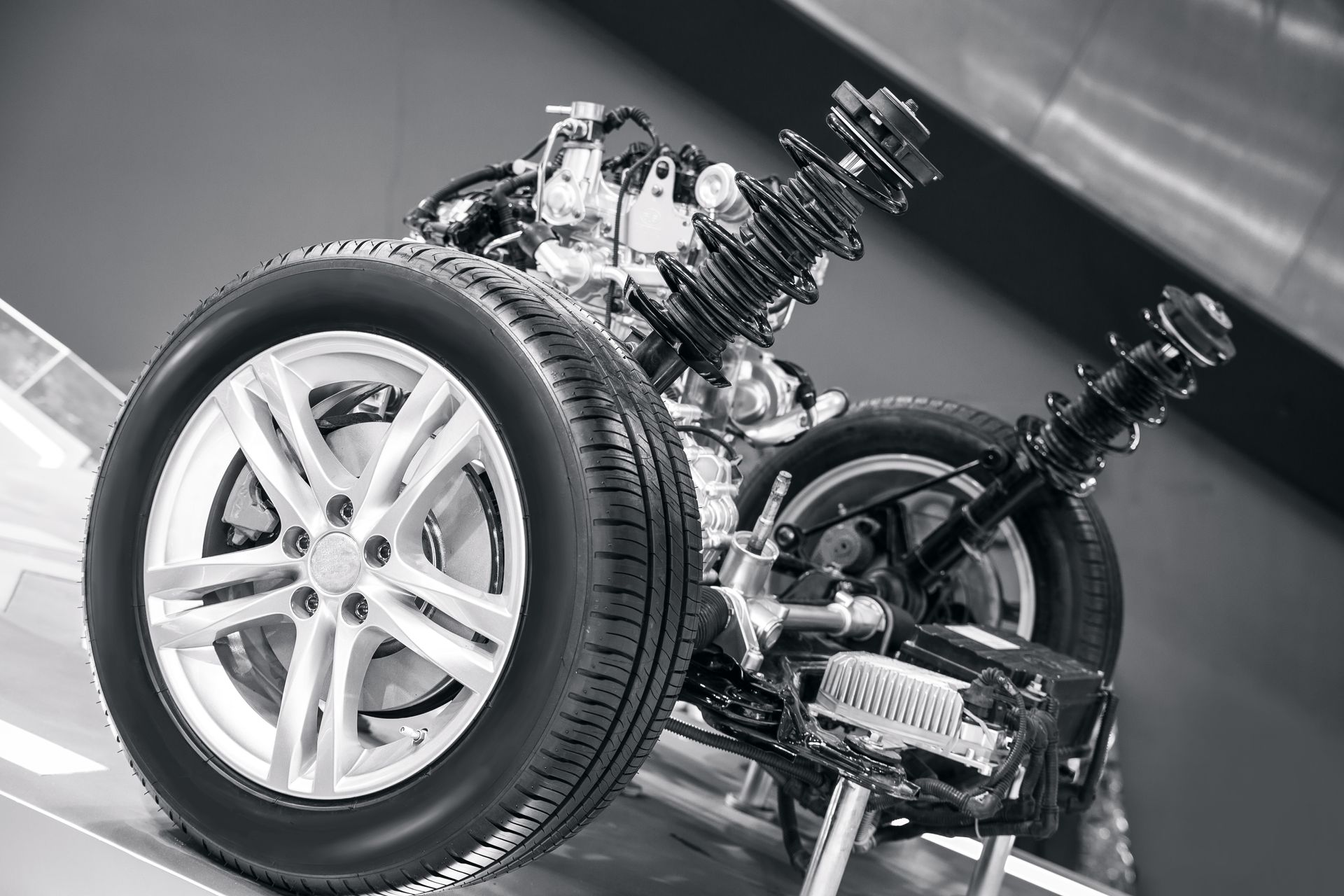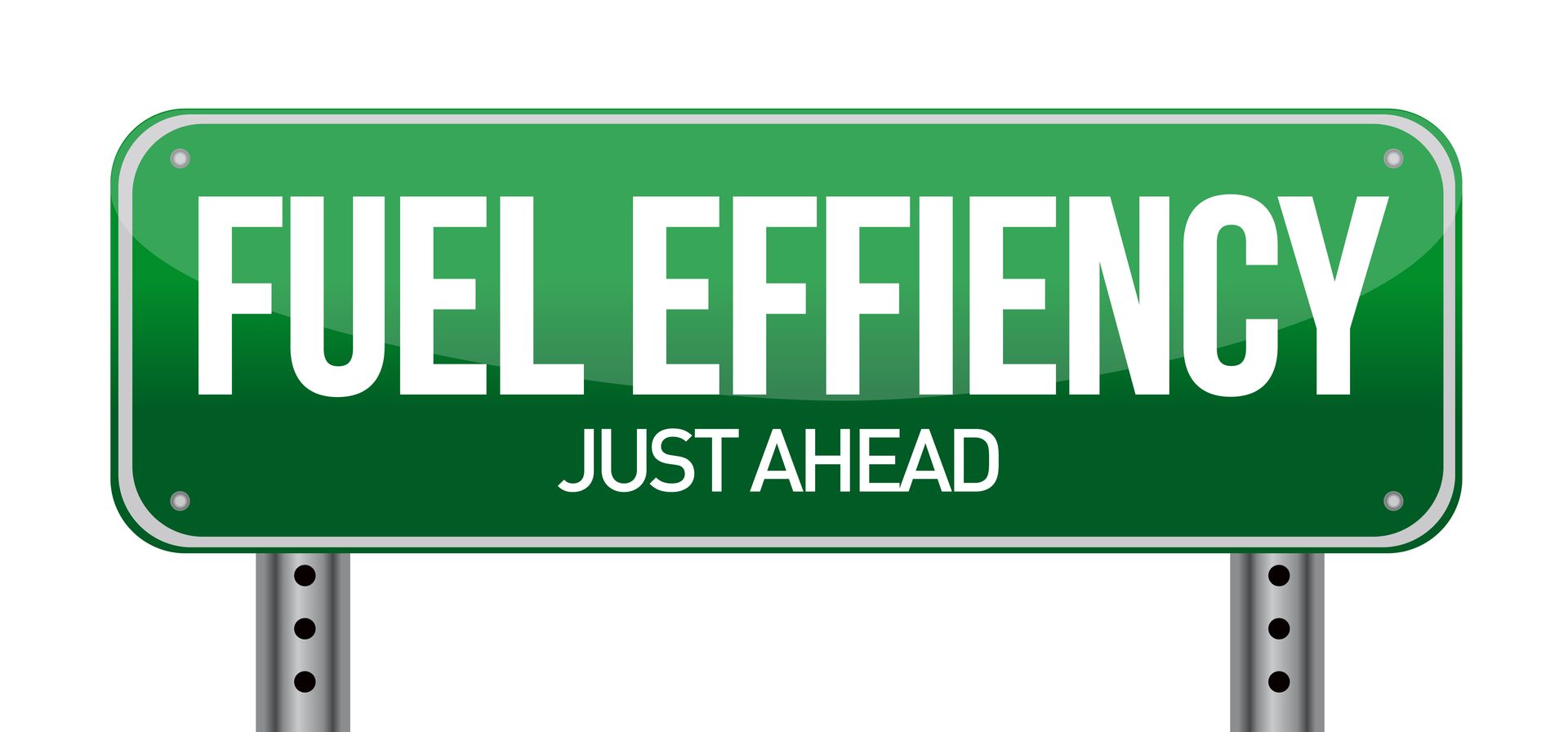If you’ve started hearing a high-pitched squeak from under the hood, don’t brush it off. Even if your car feels like it’s running fine, that sound is often an early warning that something needs attention. It might be a worn belt, a loose pulley, or something else starting to fail. Catching the issue early can save you from being stuck with a bigger, more expensive repair later on. So, what’s behind the squeak—and when should you do something about it?
Drive Belt Problems
The most likely culprit for a high-pitched squeak is a worn or loose drive belt. Your car’s serpentine belt (or accessory belt) powers several key components under the hood, including the alternator, power steering pump, and air conditioning compressor. When the belt slips, becomes misaligned, or starts to wear out, it often creates a squeaking or squealing sound.
You’ll usually hear it most when you first start the engine, especially on cold mornings or in damp weather. As the belt warms up, the noise might fade—but that doesn’t mean the issue is gone.
A loose or glazed belt can eventually break, which could leave you stranded without power steering or a working alternator.
Worn or Failing Belt Tensioner
Your vehicle’s belt system relies on a spring-loaded or hydraulic tensioner to keep the correct pressure on the belt. If that tensioner starts to fail, it can allow the belt to slip or vibrate, causing a squeaking noise that varies with engine speed.
In some cases, the tensioner pulley itself can develop worn bearings, which add a chirping or whining sound to the mix. These parts wear gradually and can go unnoticed for a while—but when the noise shows up, it’s time to have them checked.
Bad Bearings in Pulleys or Components
Squeaks can also come from the pulleys that the belt wraps around. Each pulley has a bearing in its center that allows it to spin freely. If one of those bearings starts to wear out, it can create a high-pitched noise, often accompanied by a whine or grind.
If the squeak speeds up as you accelerate, it could point to a pulley issue. Depending on which component it belongs to—like the alternator or A/C compressor—it might also affect how well that part functions.
Brakes and Suspension
If you’re only hearing the squeak while moving, and especially if it happens over bumps or while turning, the issue might not be coming from the engine bay at all. Brake pads with wear indicators or dry suspension bushings can also produce squeaking noises that seem to come from under the hood.
Listen carefully to when the noise occurs:
- Only when the engine is running? Likely belt or pulley-related.
- Only when the car is moving? Could be brakes, wheels, or suspension.
- Happens during acceleration and disappears while idling? Possibly a belt or engine-driven component.
How Weather Affects Squeaky Noises
Temperature and humidity can make belt squeaks worse. Cold starts are notorious for temporary belt noise because rubber belts stiffen in low temperatures. Moisture from dew, rain, or snow can also create slippage on the pulleys, leading to temporary squeaking that fades once things warm up.
However, if the sound persists well after the car has warmed up, it’s a sign that wear or mechanical issues are behind it—not just the weather.
Get It Checked
A squeak might seem like a minor annoyance, but it’s often the early warning sign of a part that’s close to failure. If you wait too long, you could end up dealing with a broken belt, electrical charging issues, or a car that simply won’t run.
You should schedule an inspection if:
- The squeak is getting louder or more frequent
- It lasts longer than a few minutes after starting
- You notice changes in performance, dimming lights, or warning lights on the dash
B & B Automotive – Belt and Engine Noise Inspections in Aberdeen, WA
If you hear a squeak coming from your engine bay, don’t just turn up the radio—bring it to B & B Automotive in Aberdeen, WA for a full inspection. We’ll pinpoint the source of the sound and let you know exactly what needs to be done to keep your vehicle running quietly and reliably.

